Kandy is a bustling city built around a lake in central Sri Lanka. It is listed as a world heritage site by UNESCO and is considered one of the most sacred places of worship in the Buddhist World. It can be beautiful, loud and peaceful, depending on where you go.
How long do you need in Kandy
This depends on how much time you have. For us, we spent only 2 days and felt this was sufficient. An added third day would just be to relax, chill and get to know the city a little better.
The Best Way to See Kandy
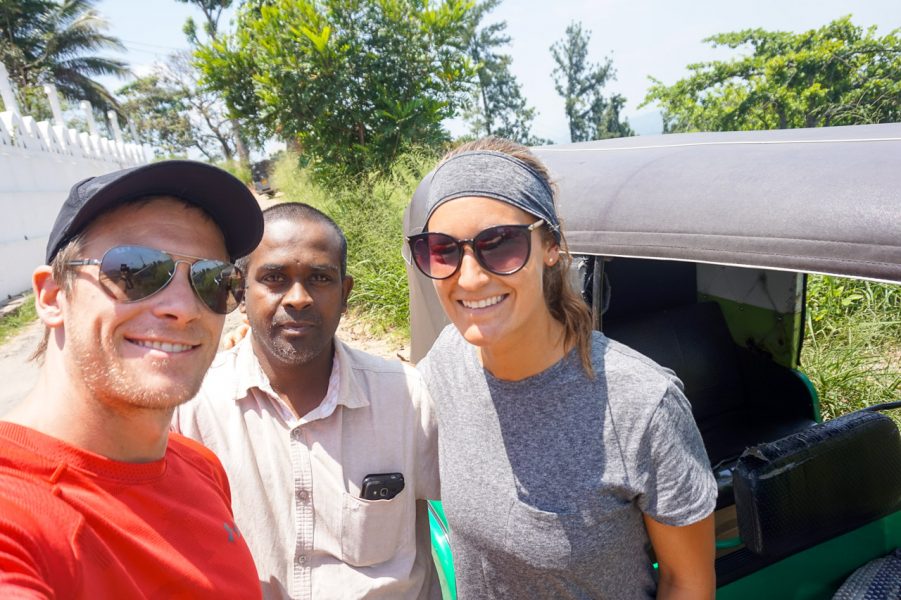
Hire a tuk-tuk driver or taxi for the day. It’s the best way to use your time, all whilst having the opportunity to speak to a local about what you’re seeing/doing. We hired a tuk-tuk driver for 6 hours of sightseeing and we paid 2500 LKR ($16 USD). A car will cost 5000 LKR or more, depending on how well you can bargain.
Go the tuk-tuk route, it’s more authentic and fun! Otherwise, the city centre is very walkable on foot. It’s sometimes faster than the vehicles. The joys of traffic.
Where to Stay In Kandy
Kandy has no shortage of accommodation, in fact, being the second largest city in the country, it’s one of the cities with the largest choice for every budget! A lot of the larger hotels (and likely the best) are located just outside of the city centre, whereas you’ll find hostels and more budget options closer to the lake. Taxi’s or tuk-tuks are cheap to get around so it isn’t an issue to get where you need to be.
Top Things to do in Kandy
Kandy has enough going on to keep you entertained for a few days. See how we spent our time in this Sri Lankan city.
1/ Visit the Tea Factories
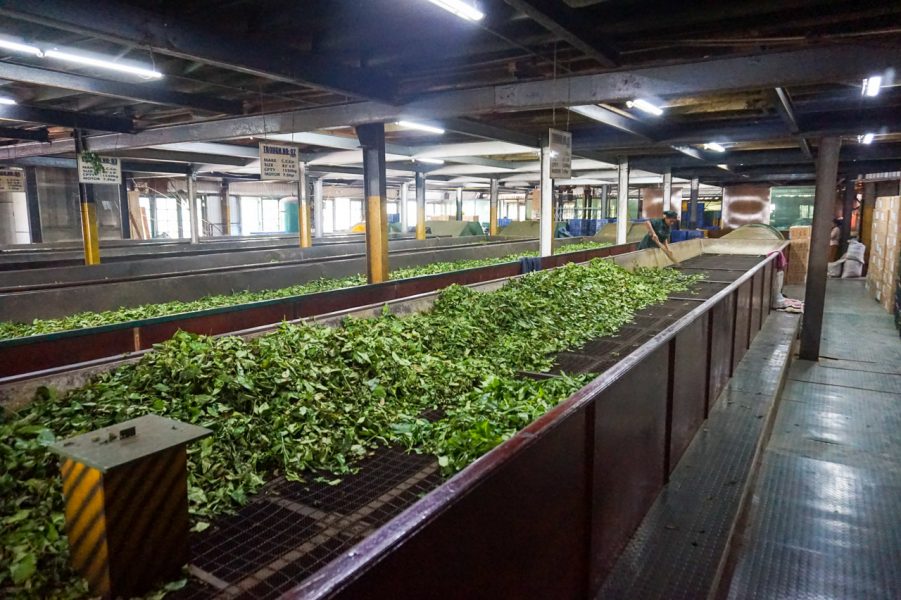
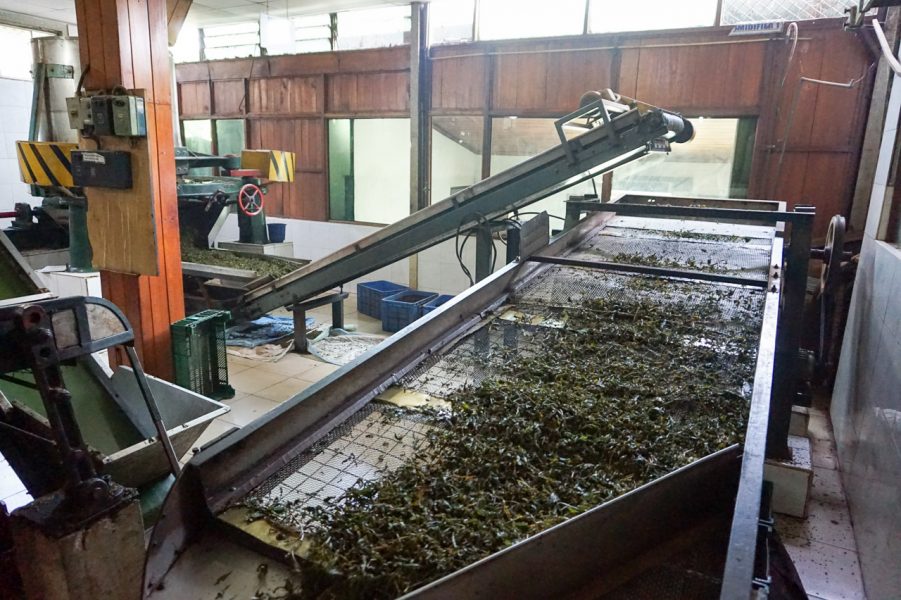
Sri Lanka is #4 in the world for tea production. They produce a staggering 300,000 tonnes of tea yearly! Kandy is home to some incredible tea fields and factories so make sure to visit at least one. We went to the Embilmeegama Tea Factory which was founded 1940. We took a tour around the factory, saw how the machines worked and then finished off with a tea tasting of their most popular teas. The whole process from picking to packaging takes 24 hours with the majority (apart from picking) all done by large machines. Cost: Free
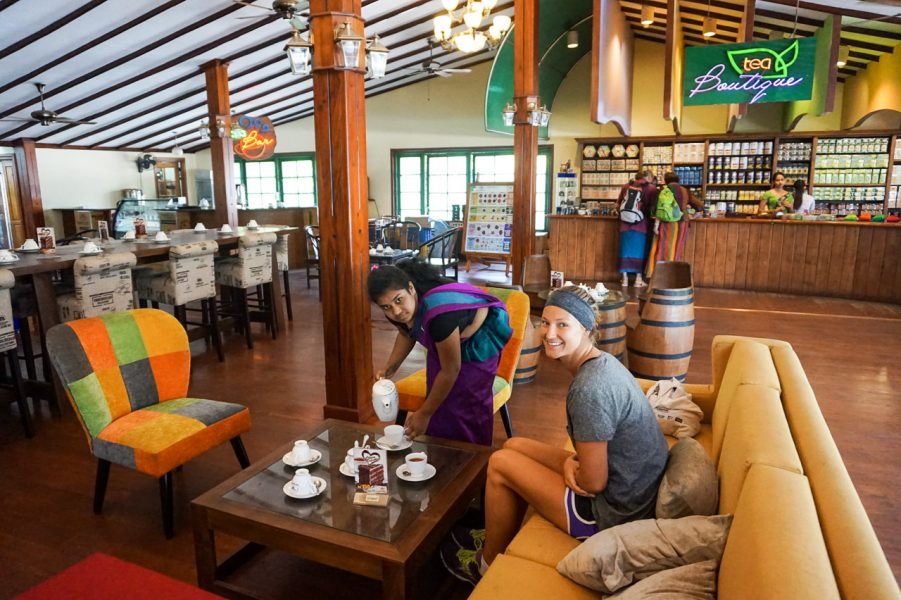
2/ Traditional Kandy Dancing
Kandy Dancing – “According to the legend, the origins of Kandyan dance lies in an exorcism ritual known as the Kohomba Kankariya, which was originally performed by Indian shamans who came to the island, from which the locals adopted the dance. ”

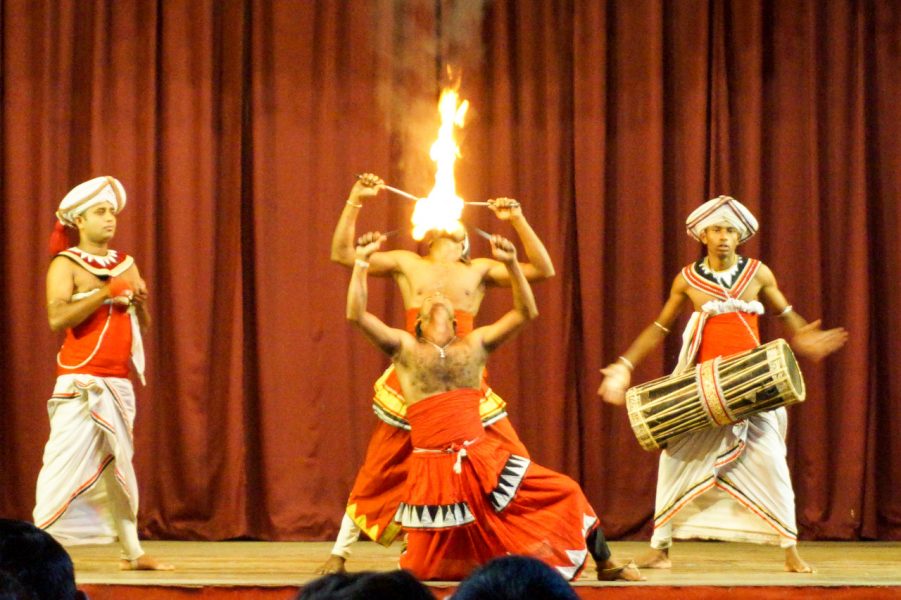
Although this was very touristic, it was interesting to see their traditional dancing. Every day from 5-6pm people will gather in a giant hall for the one-hour performance (which should really be just 40 minutes). The Kandyan Dance is traditionally performed to percussion only, the most common drum is the ‘Geta Beraya’. Overall the production is colourful & interesting, although a bit repetitive. Cost 1000 LKR ($6 USD).
3/ Walk The Lake
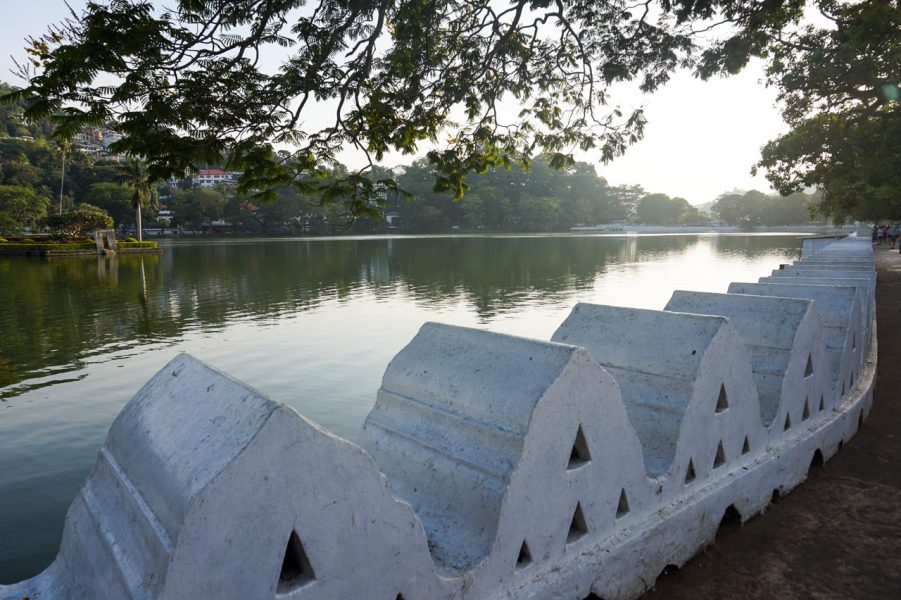
Kandy lake, built in 1807 is a man-made lake located in the centre of town. It is impossible to miss! There are many walks you can take, such as up to the Royal Palace Park, the Udawattakelle sanctuary or simply around the lake admiring the locals and everyday activities of Kandy. Cost: Free
4/ Fill your belly at some of these restaurants

- Cafe Divine Street – Very cheap, decent portions, western and local specialities. Very small though.
- Licensed to Grill – Roadside burgers & wraps for dirt cheap. So delicious! The tandoori wrap is the best.
- Slightly Chilled Lounge Bar (Bamboo Garden) – Nice rooftop restaurant for a sunset beer.
- Kandyan Muslim Hotel – A lot of the guide books recommend coming here but we beg to differ. The service was appalling, the restaurant was dirty and the meal was semi-average so no we don’t recommend it, we’re warning you
- Cool Corner Ice Cream Parlour – This may well be our favourite ice cream shop in 3 years of travel. The portions are massive, the cost is low, the ingredients are fresh and the menu is 3 pages! Just of ice cream choices. Drool…
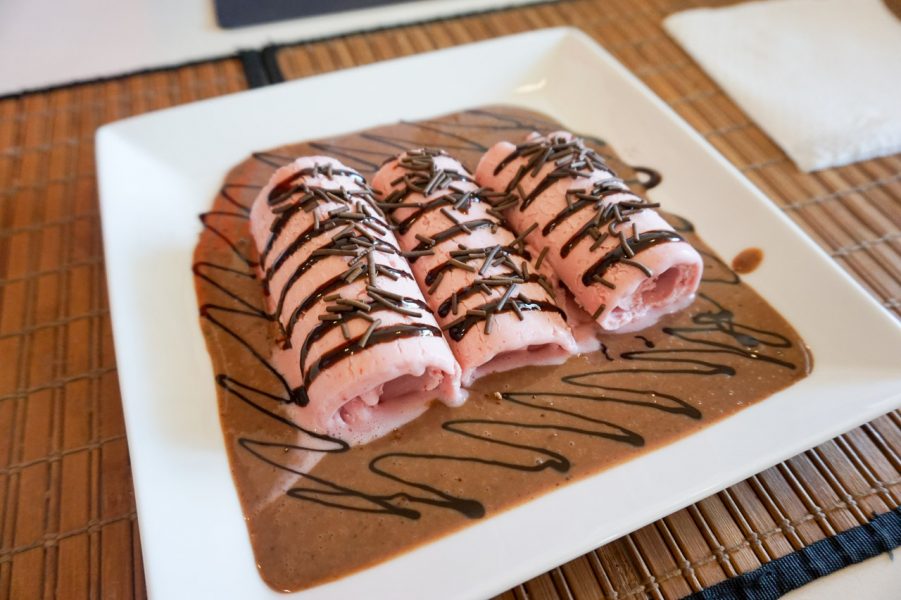
5/ See the Temple of the Tooth
The temple of the tooth is the main attraction of the city as well as the most sacred Buddhist establishment in Sri Lanka. Why? It’s where buddha’s tooth is being kept. The temple was built in the 16th century and has had continuous additions throughout the years.
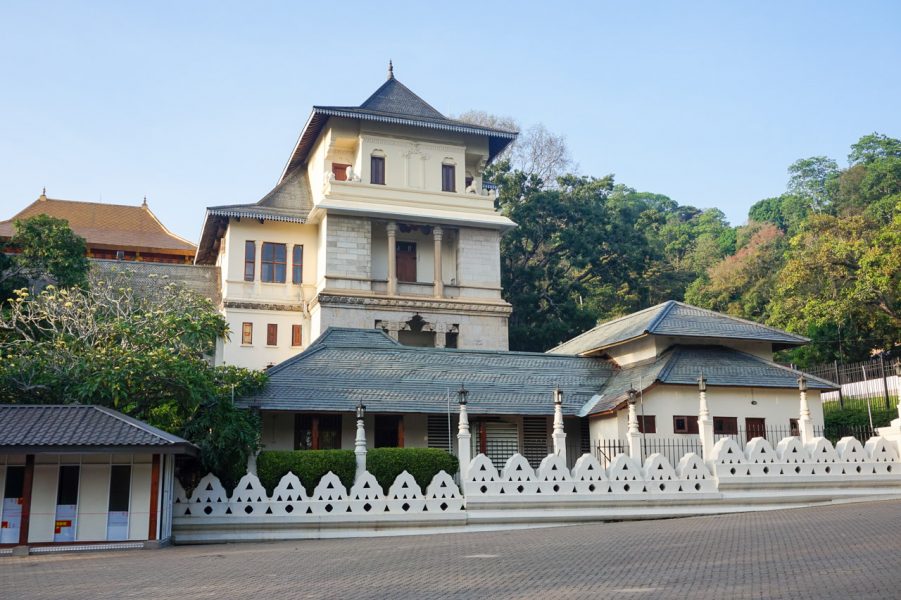
Daily rituals are carried out at various offering times to the shrine with evening times the busiest. Be sure to dress appropriately. Covered shoulders and no shorts above the knee. You don’t need a guide, so ignore the people out the front. Cost: 1500 LKR + 100 LKR for minding your shoes.
6/ Discover Kandy from above at the Big Buddha
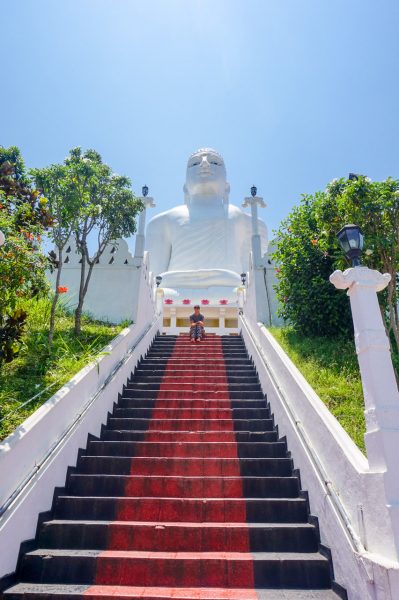
The Big Buddha can be seen from almost everywhere in Kandy and by night it is all lit up. Its location high on top of the hill gives you one of the most fantastic panoramic views of the city below. Be sure to remove your hat and shoes before entering. During the summer months, be prepared for scorching hot grounds! Cost: 250 LKR + a small tip to have your shoes minded.

7/ Take a stroll through the Botanical Gardens
The Botanical Gardens are Sri Lanka’s largest and most impressive gardens with a staggering 2 million visitors a year.
They’re very well maintained, spacious and boast a huge variety of plants, flowers, bamboo forests, bats, monkeys & birds. The Botanical Gardens are known for its collection of orchids so don’t miss out on them. If you’re feeling lazy, golf buggies can be rented to explore the gardens instead of by foot. Cost 1500 LKR for entry ($15 USD).
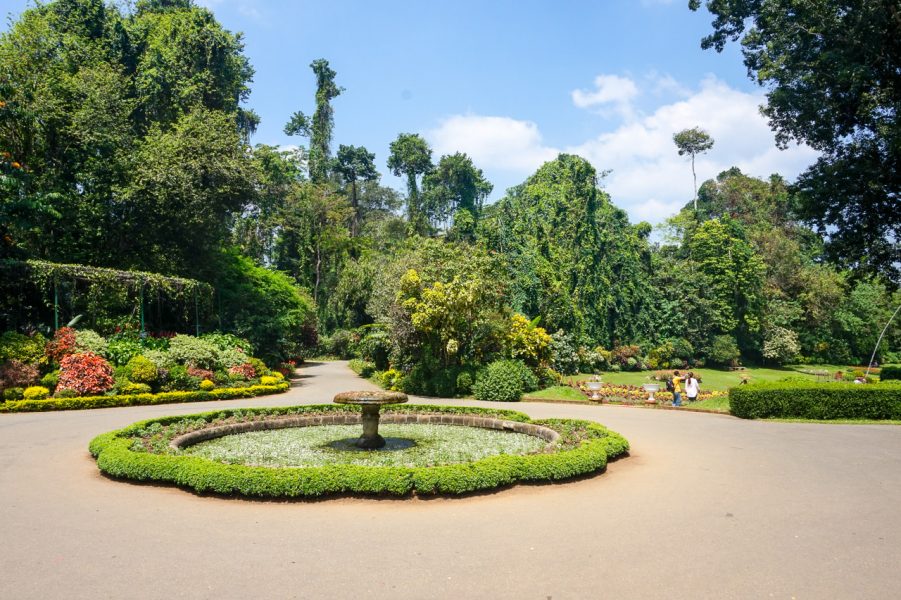


8/ Learn about Spices in the Spice Garden
Sri Lanka is famous for its spices and spice gardens and there are so many in and around Kandy. Your driver will no doubt take you to his favourite. We toured one for a short period of time and sampled cinnamon, aloe vera and a variety of oils.
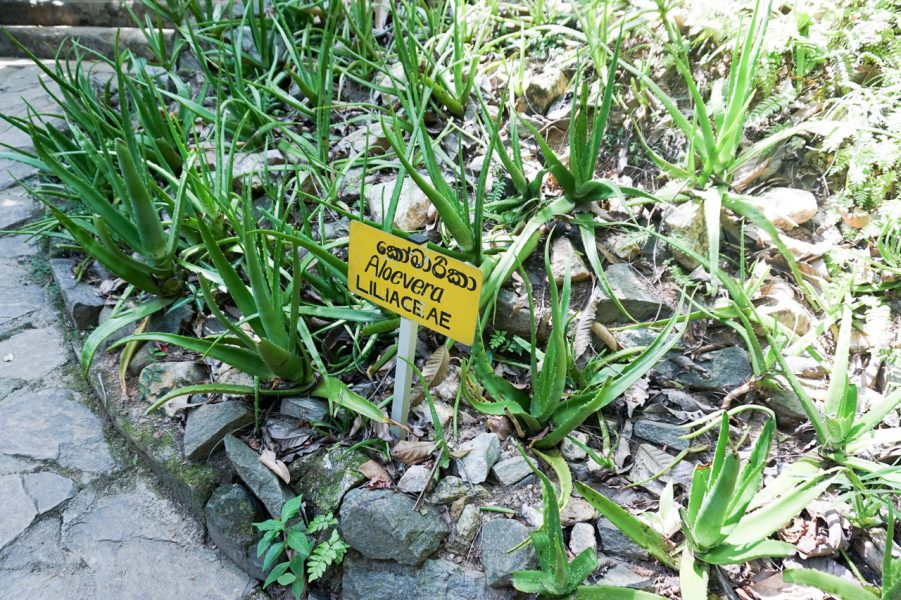
It is an interesting place to see where these ingredients originate from and where and how they are used in traditional medicines along with everyday life. The most popular spices used in Sri Lanka are cinnamon, cardamon, pepper, turmeric and curry leaves. Curry leaves have been in every meal we’ve had and are apparently help your heart function better & fights infections. Cost: Most are free, but make sure you ask (tipping is optional).
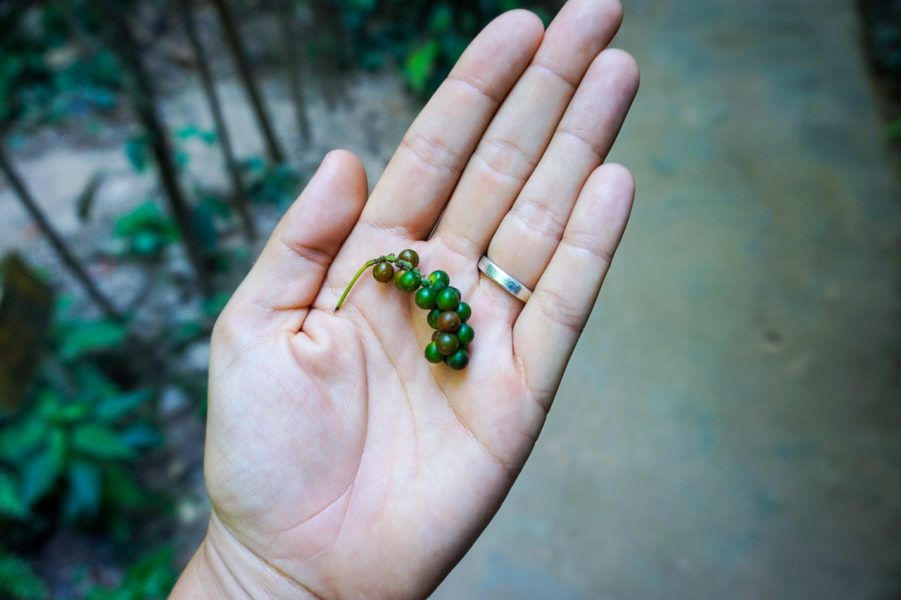
9/ Roam the Streets and City Centre
Kandy city is very walkable. The locals on the side of the road are very interested in chatting with you and will always ask where you’re from. The moment we say “Australia” the next response is “Ah, cricket!”. We can’t break their hearts by telling them we’ve never watched a cricket game in our lives but nevertheless, they are very keen to have a chat.
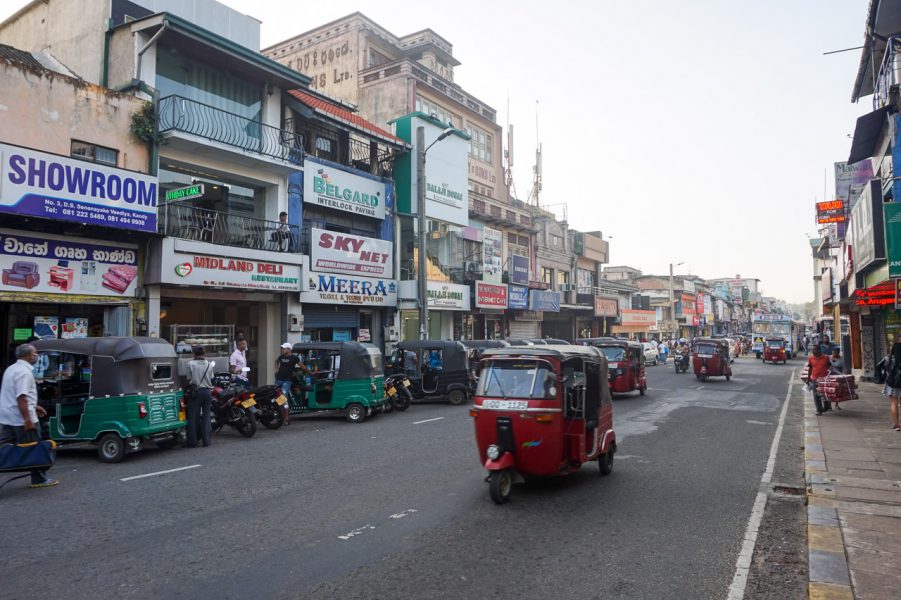
The city centre shopping mall is a commercial and shopping complex in the centre of town. This 10 story building has a variety of stores from souvenirs to electronics, clothes and shoes as well as a food court. It is one of the only shopping malls in Kandy and a nice place to escape the heat. Cost: Free. Unless of course, you go shopping ;).
10/ Visit one of the many Museums
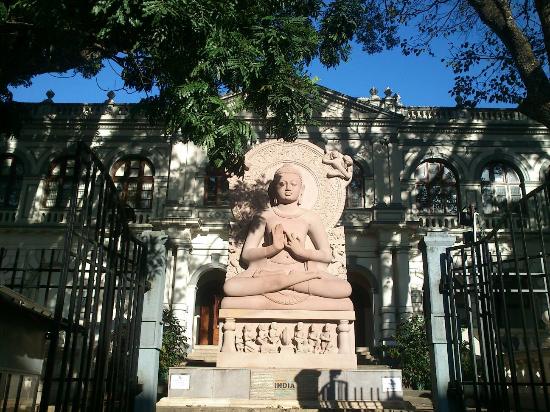
Kandy is a very cultural city so why not spend an afternoon visiting one of the many museums it has to offer. The 2 most popular are the World Buddhist Museum and the Ceylon Tea Museum. The World Buddhist Museum is theonly museum which demonstrates the expansion of Buddhism all around the world.Your ticket to the Temple of the Tooth will allow free entry into the Buddhist Museum.


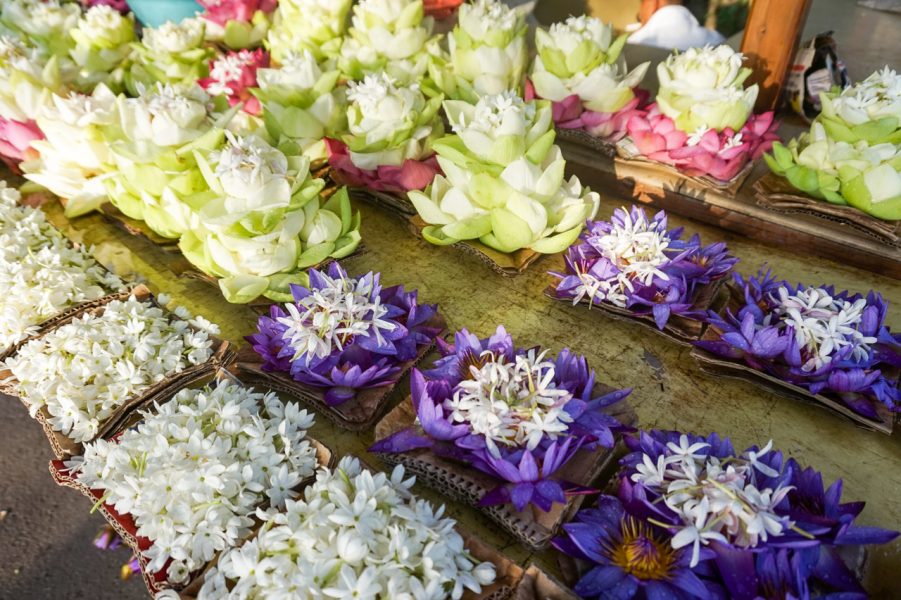
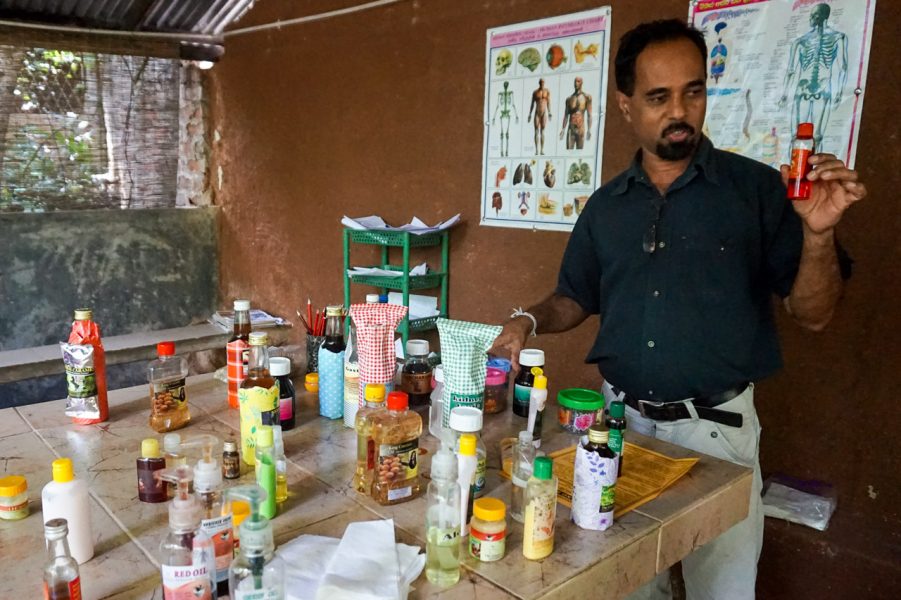



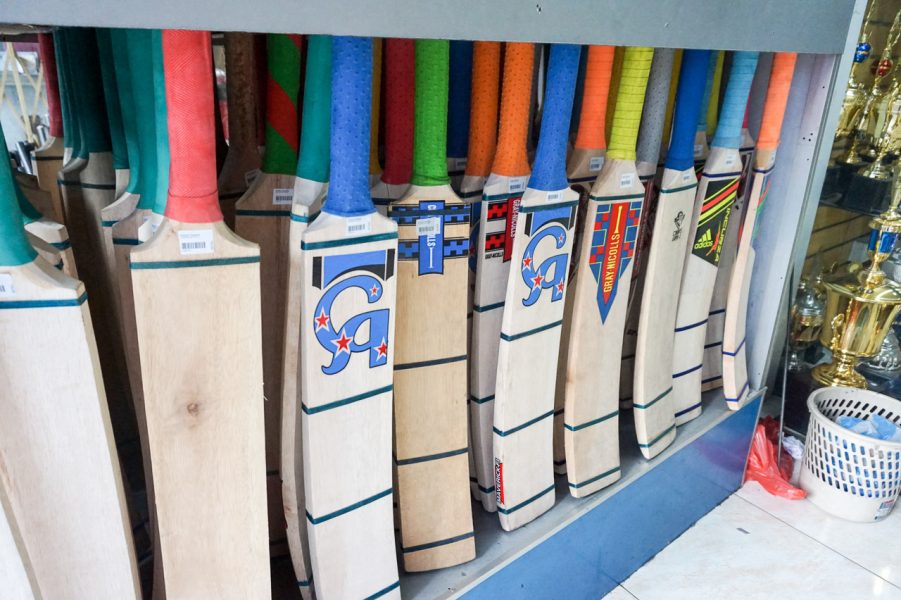
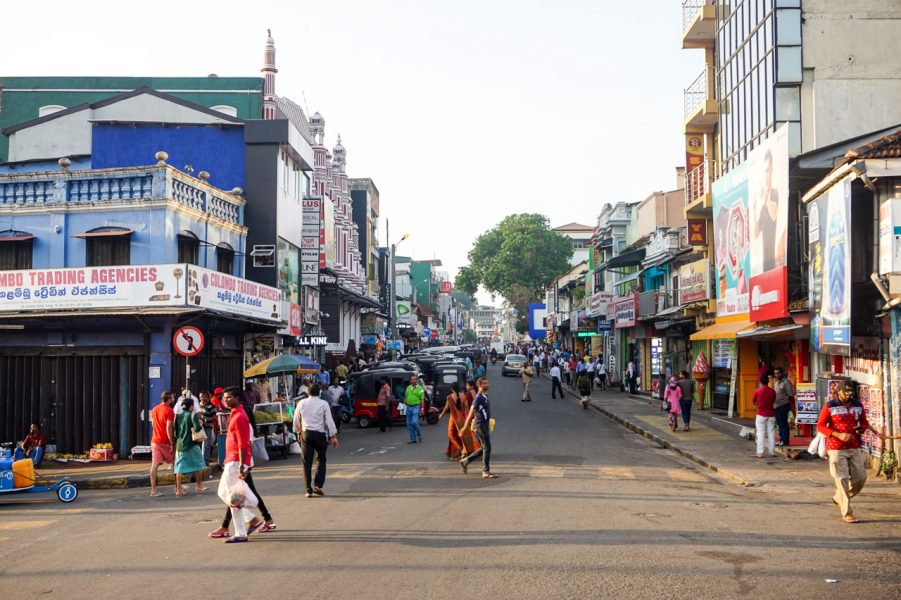
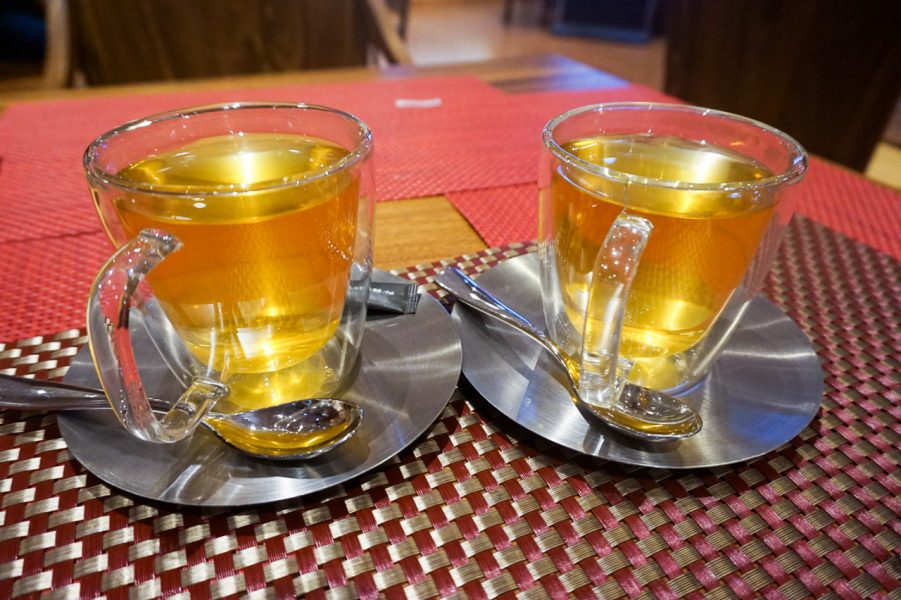

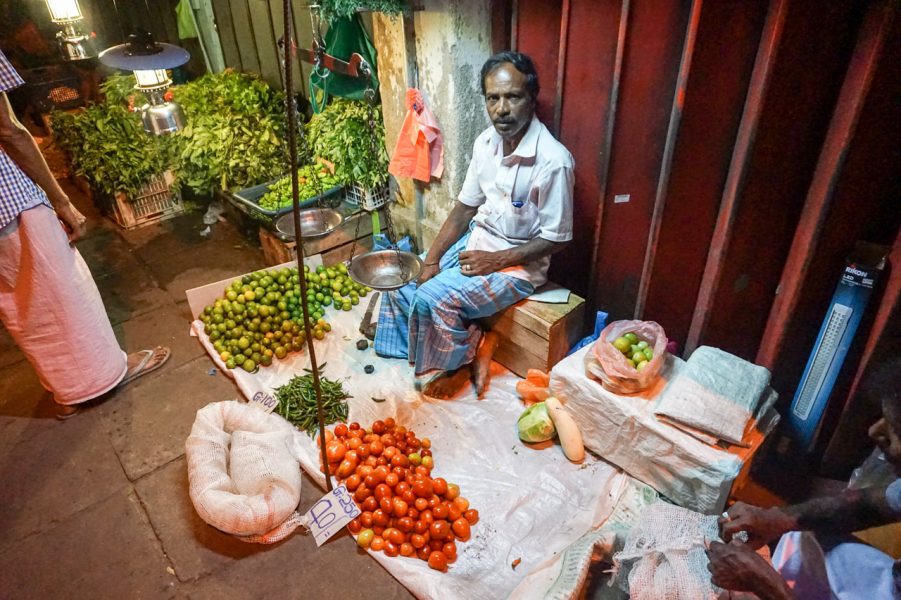
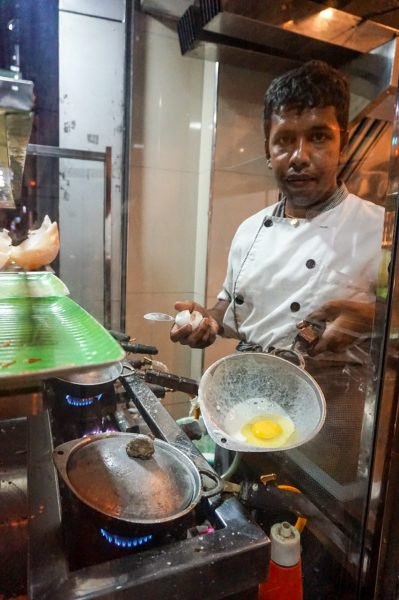
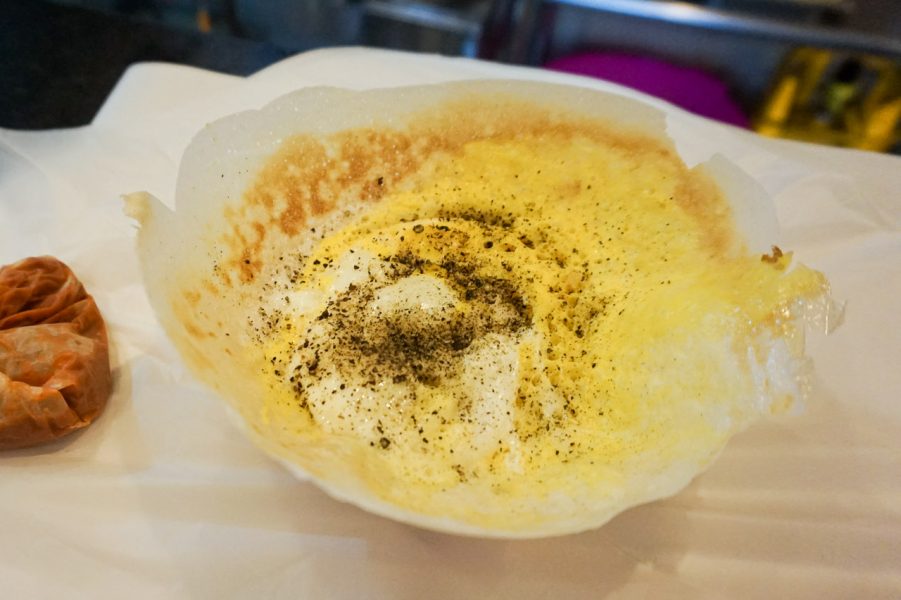
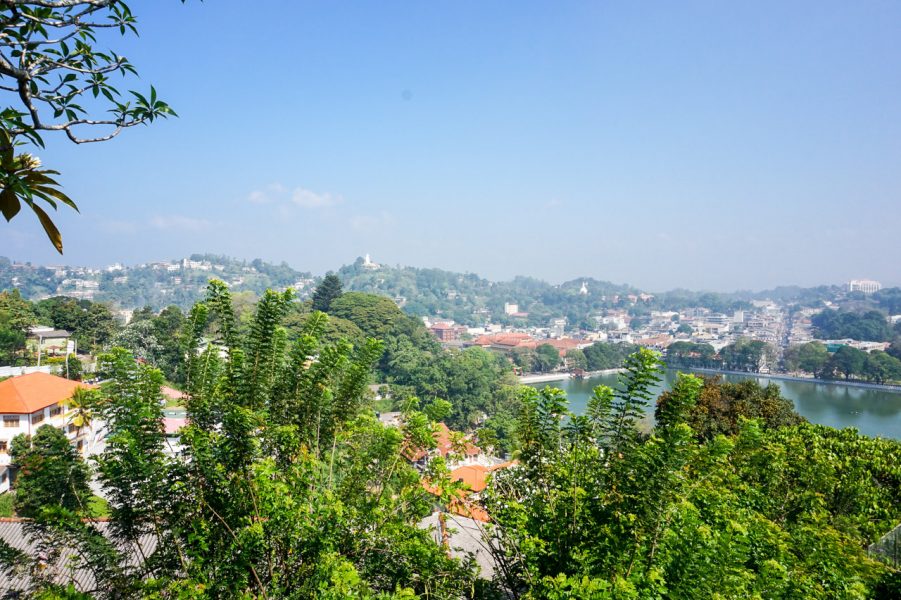
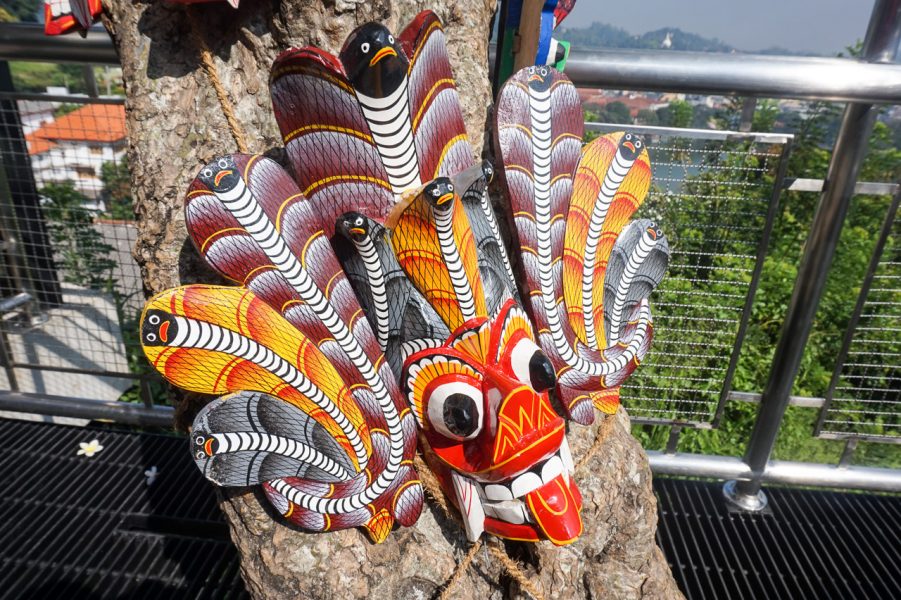
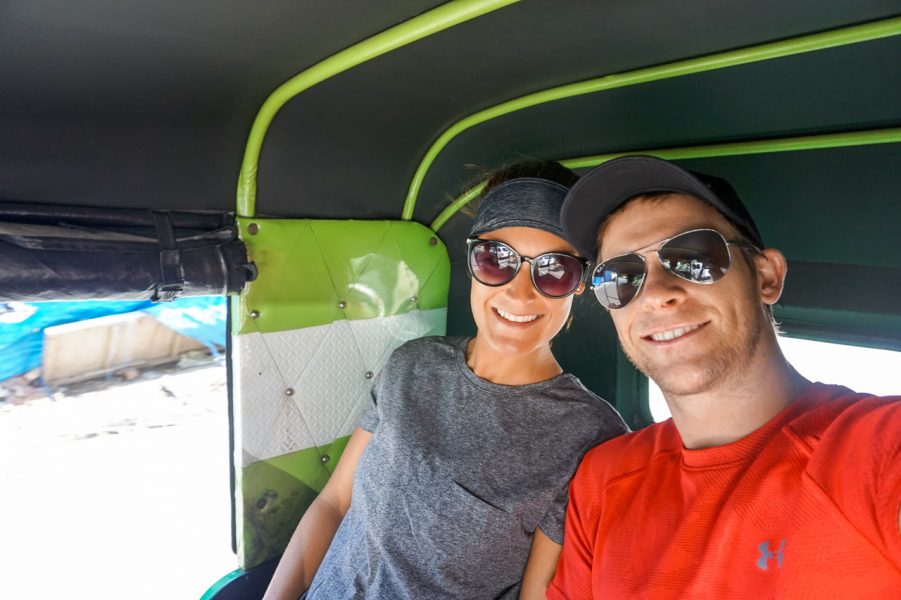


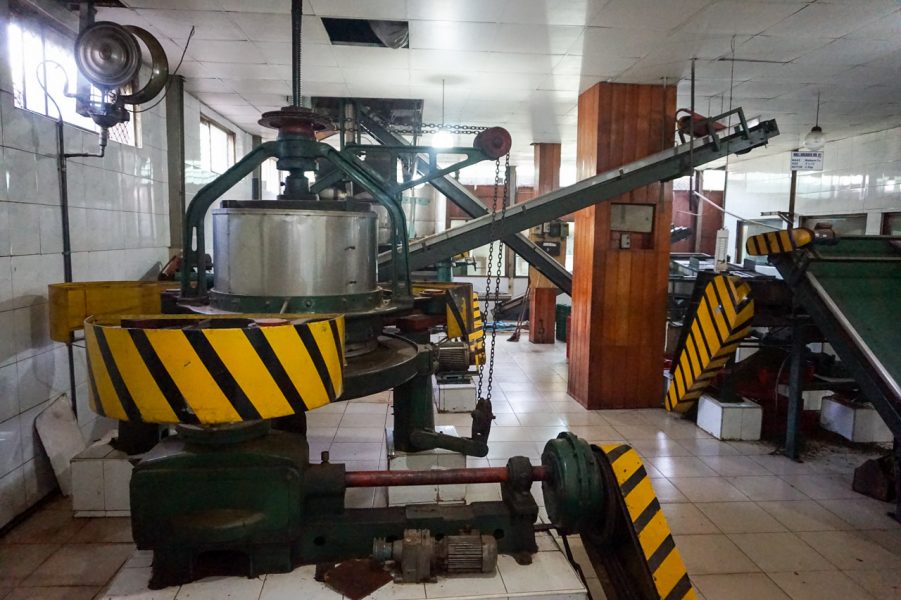

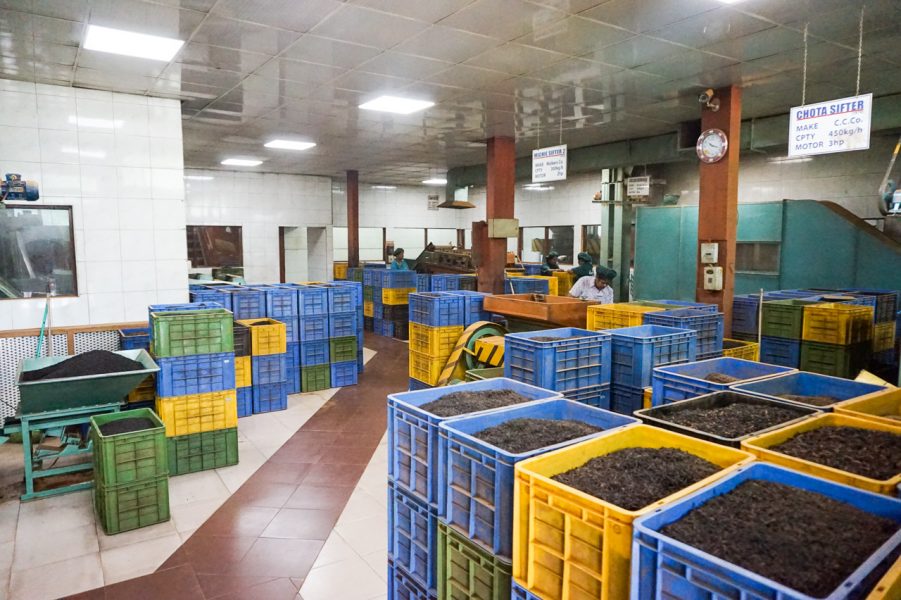


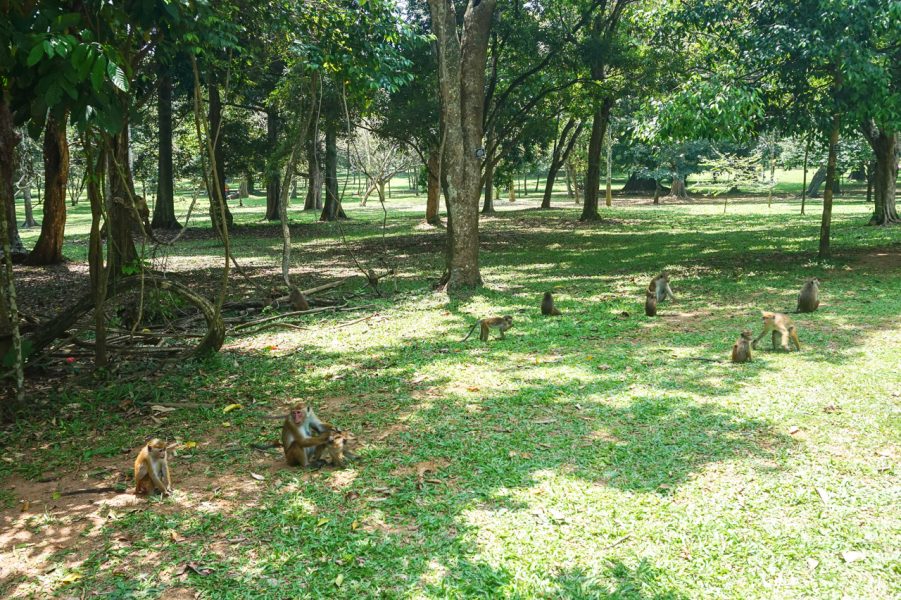


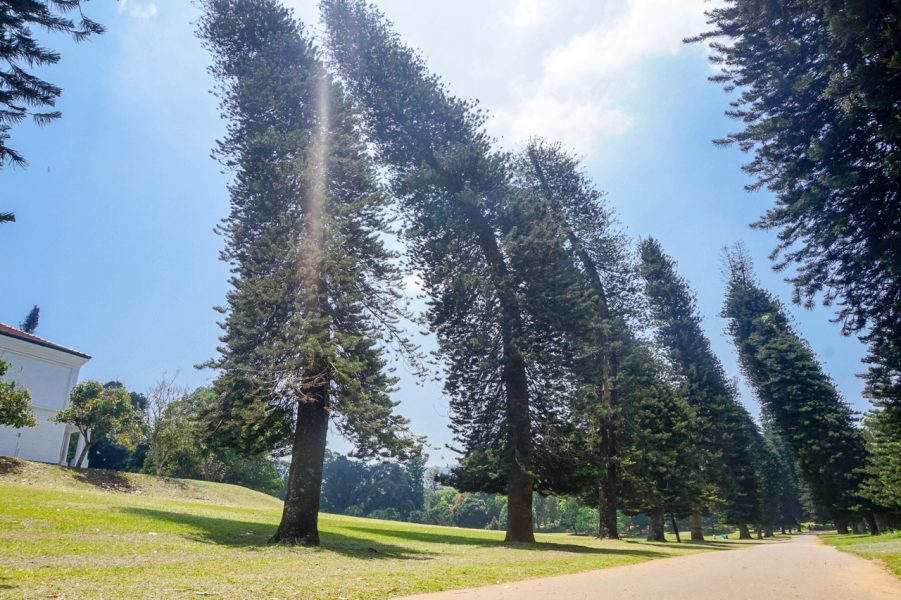

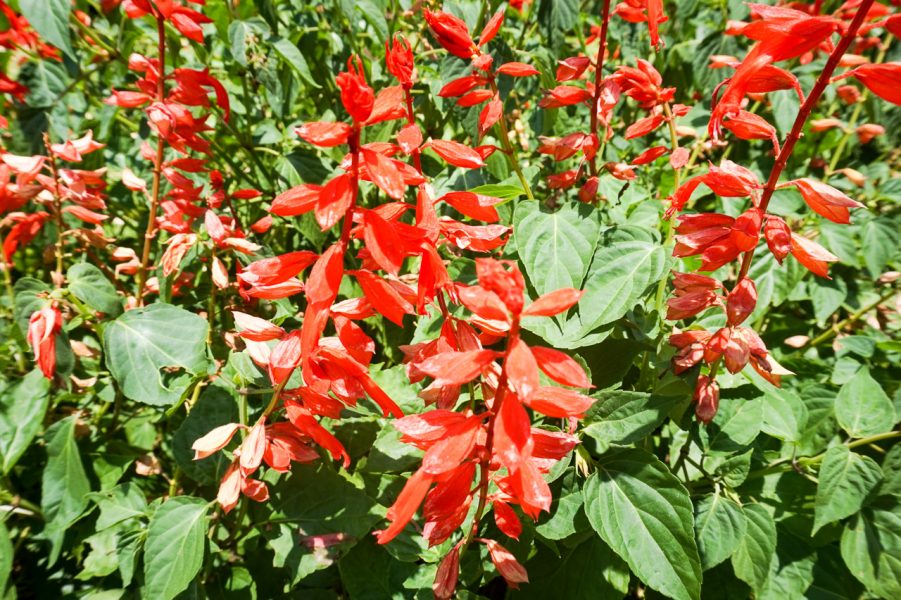
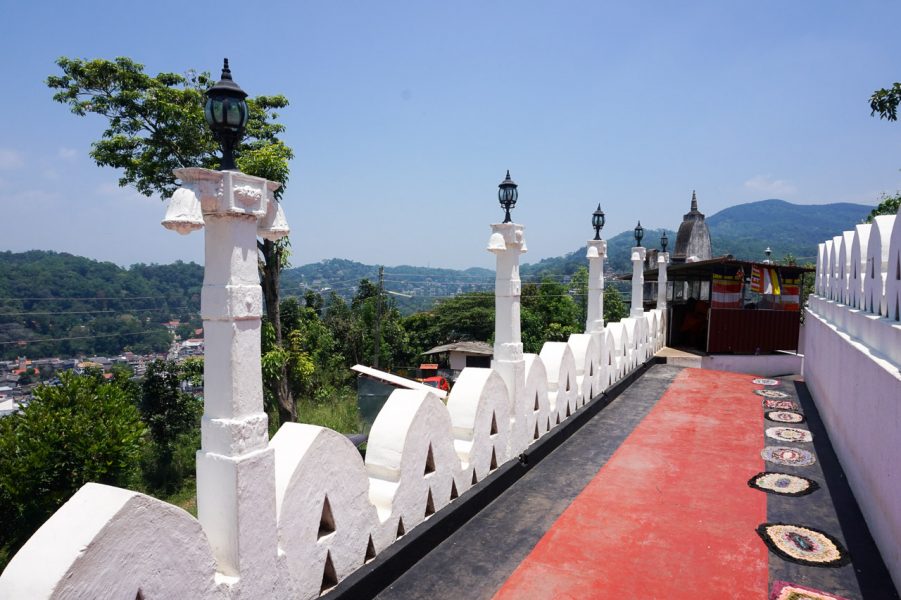

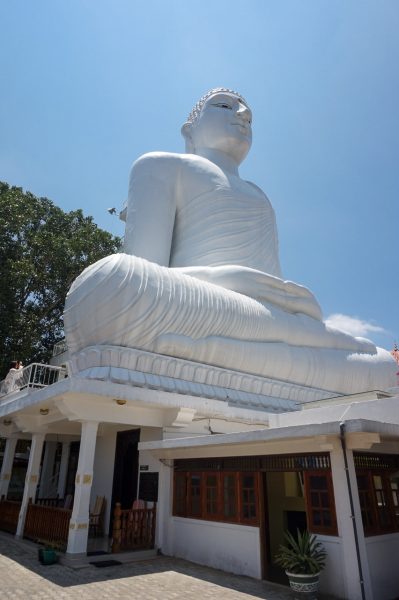
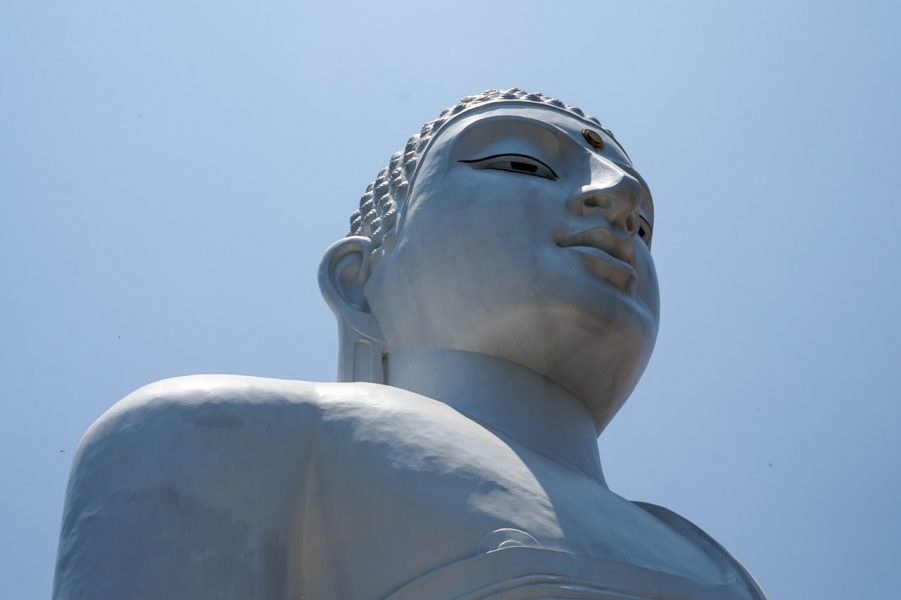


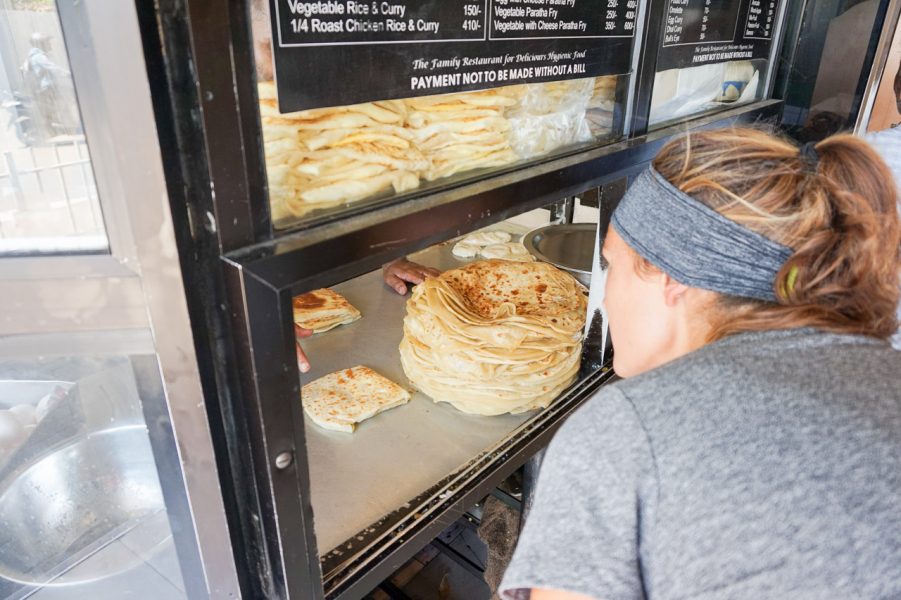
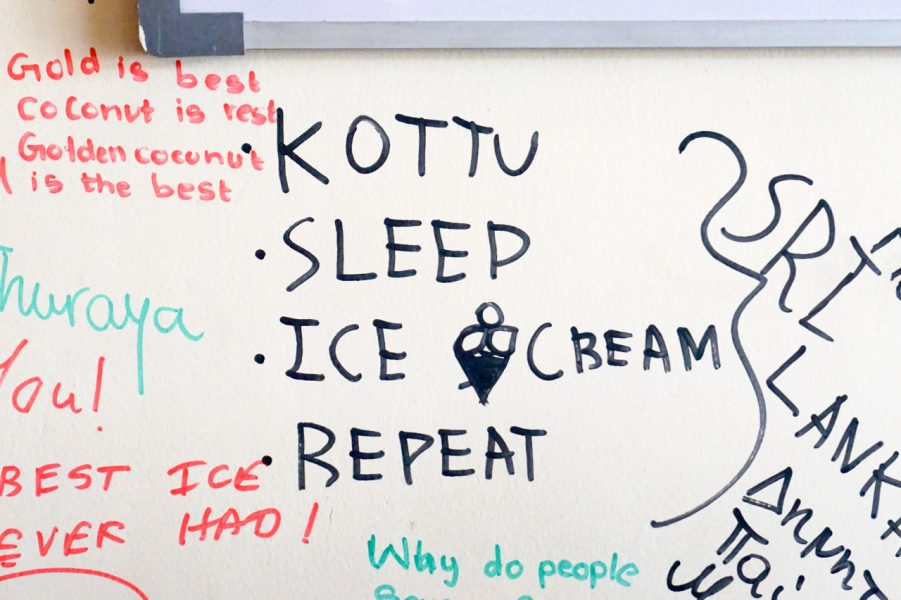

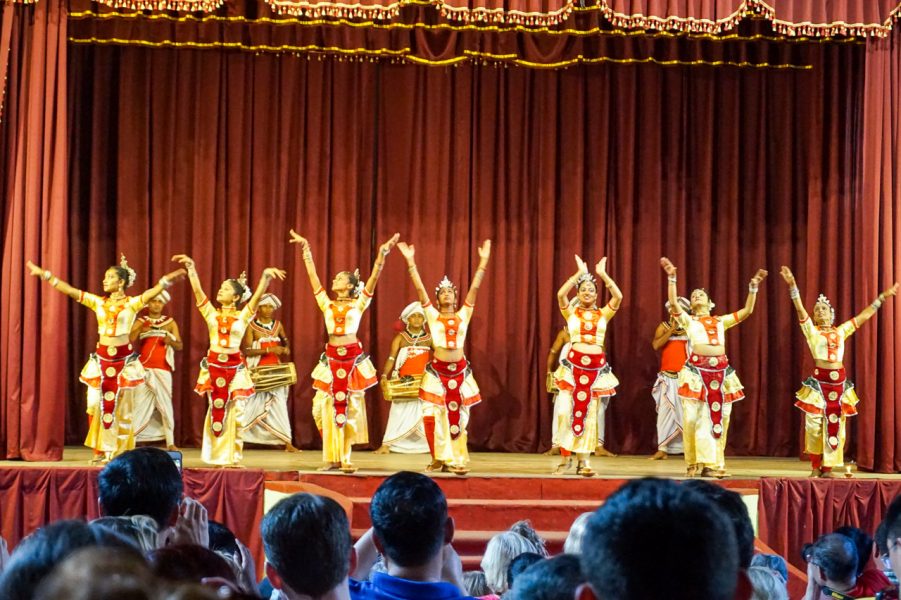


Source: justglobetrotting (by Emily Cass)
